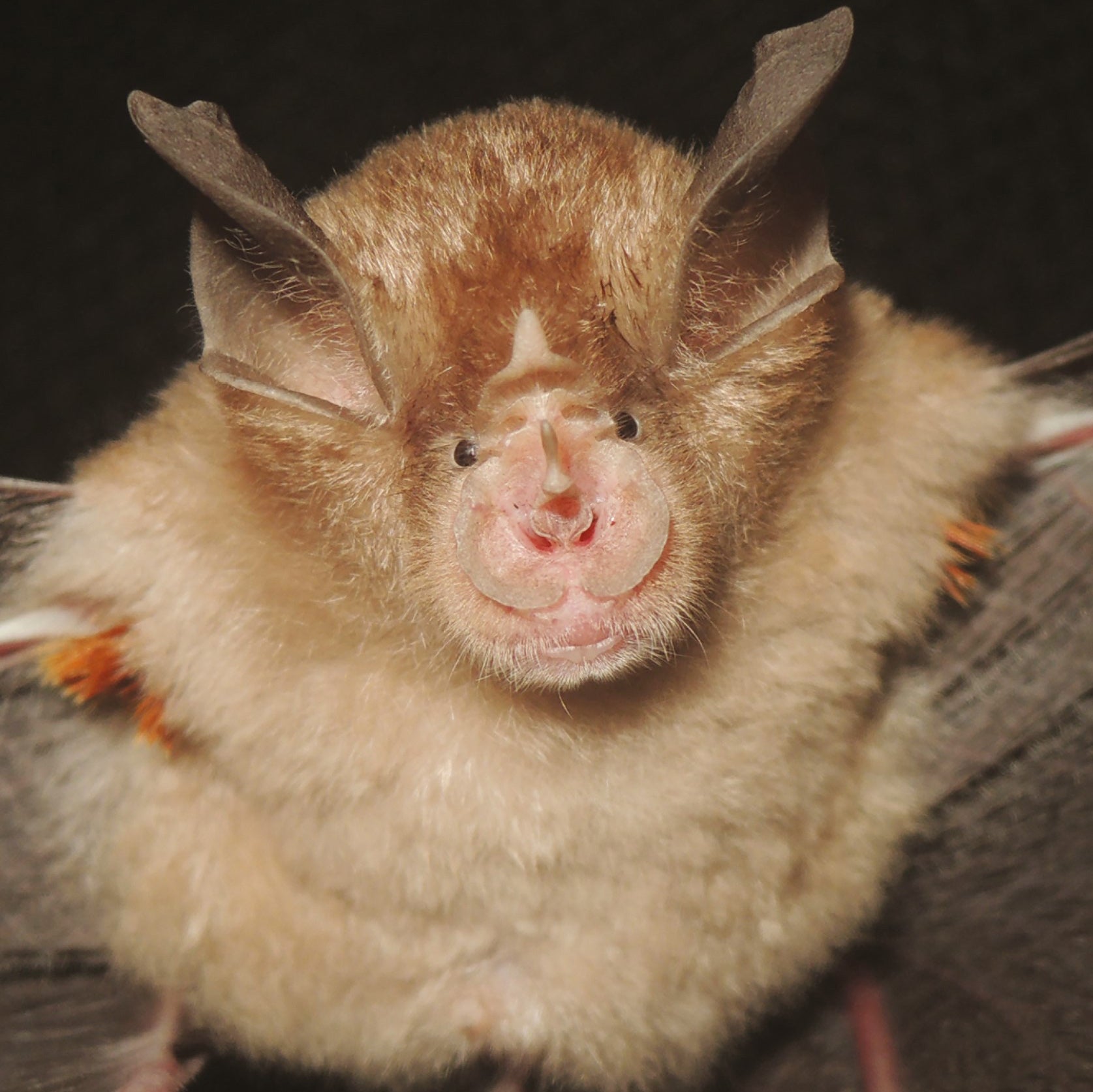Vegetarian piranha and Leonardo DiCaprio snake among new species named in 2024

Your support helps us to tell the story
From reproductive rights to climate change to Big Tech, The Independent is on the ground when the story is developing. Whether it's investigating the financials of Elon Musk's pro-Trump PAC or producing our latest documentary, 'The A Word', which shines a light on the American women fighting for reproductive rights, we know how important it is to parse out the facts from the messaging.
At such a critical moment in US history, we need reporters on the ground. Your donation allows us to keep sending journalists to speak to both sides of the story.
The Independent is trusted by Americans across the entire political spectrum. And unlike many other quality news outlets, we choose not to lock Americans out of our reporting and analysis with paywalls. We believe quality journalism should be available to everyone, paid for by those who can afford it.
Your support makes all the difference.A vegetarian piranha from the Amazon and a flying dinosaur found on the Isle of Skye are among the species previously unknown that have been named this year.
Natural History Museum (NHM) scientists and their partners across the world named almost 200 species in the last 12 months.
New finds include a snake from the Indian Himalayas named after actor and environmentalist Leonardo DiCaprio and the piranha named after Lord Of The Rings villain Sauron due to its orange and black markings that resemble “the eye”.
This year also marked the naming of the most complete UK dinosaur discovered in a century as Comptonatus chasei – the bones of which were initially unearthed on the Isle of Wight in 2013 by local fossil hunter Nick Chase.
As they unveiled the list for 2024, NHM scientists highlighted the importance of naming and describing species to understand ecosystems and how they are affected by human-driven impacts.

Leading botanist Sandra Knapp told the PA news agency: “Every single specimen in our collection and every single named thing has a narrative and a story attached to it and having a name allows you to tell that story.”
Ms Knapp said the work is a “step in the chain” to establishing how nature is adapting to climate change and how biodiversity is under threat to better inform policy, conservation and science.

“We’re not going to cure cancer by naming a new fish from the Amazon but it does contribute to the conversation about how we manage our environment and how we go forward as a species amongst other species, because we’re a species too,” she said.
“We can use the knowledge that we produce here by describing things and naming things and working on how they interact with each other to actually create those solutions from nature for us, but also solutions from us for nature.”

As the nascent deep sea mining industry develops, marine biologist Eva Stewart named and described two species of scavenging amphipods from the floor of the central Pacific Ocean.
“We’re still finding out more about these animals because there has historically not been that much sampling in the deep sea,” she said.
“With each year there’s more and more so we’re getting to learn more about these species.”
The work is part of wider efforts to establish what is living on the sea bed, which can then inform where marine protected areas should be put in place and how legislation might work to stymie biodiversity loss caused by mining.
Ms Stewart said: “The very fundamental units of biodiversity and ecology are just species and so if you want to understand the whole ecosystem and how the communities interact and how the biodiversity changes over the whole landscape you need to know what the species are in the first place.”
The marine biologist said it was “really exciting” to name the species, adding that she called one after her grandmother.
Adrian Glover, who also works in the NHM deep sea lab, said that beyond applied science and solving modern society problems, “there’s still an element of wonder and discovery in what we do”.
“It’s about finding new, amazing things and describing them and connecting people to the nature around them,” he said.
“People and children come into the museum to be inspired and be amazed – the natural curiosity of humans is amazing.”

This also comes into the work of NHM palaeontologist Paul Barrett, who helped to name a flying pterosaur from the middle Jurassic age after its fossilised bones were found in a rock on an Isle of Skye beach in 2006.
“We have relatively few middle Jurassic pterosaurs from anywhere in the world,” he said.
“So it helps fill in a little bit of a gap in our broader knowledge of where flying reptiles were at this time and the kinds of flying reptiles that were actually around.”

Mr Barrett said naming new dinosaur finds is similarly a small step in the chain of understanding the natural world and how ancient life responded to past climatic events.
“What we’re really looking at is establishing a baseline for what ecosystems were once like and how those ecosystems have changed through time, and by understanding some of the factors that have impacted those ecosystems we can then use those examples to apply to what we know is going on today,” he said.
Scientists also named two plant-eating dinosaurs this year – a sauropodomorph from Zimbabwe and a stegosaur from China, alongside new fossil spiders, a lizard-like reptile and a couple of mammals.
Join our commenting forum
Join thought-provoking conversations, follow other Independent readers and see their replies
Comments